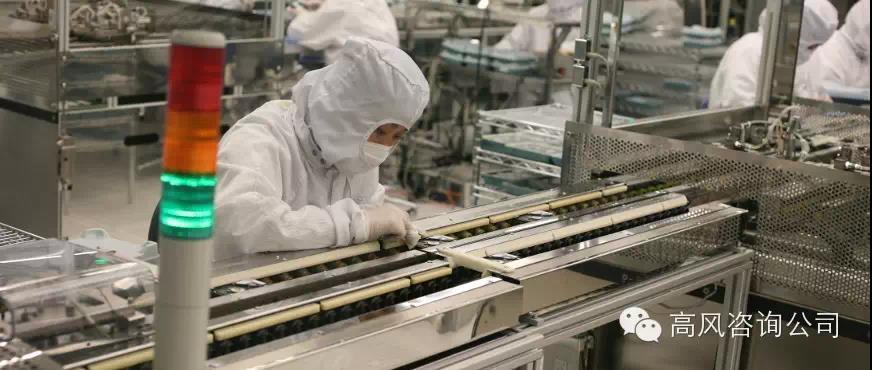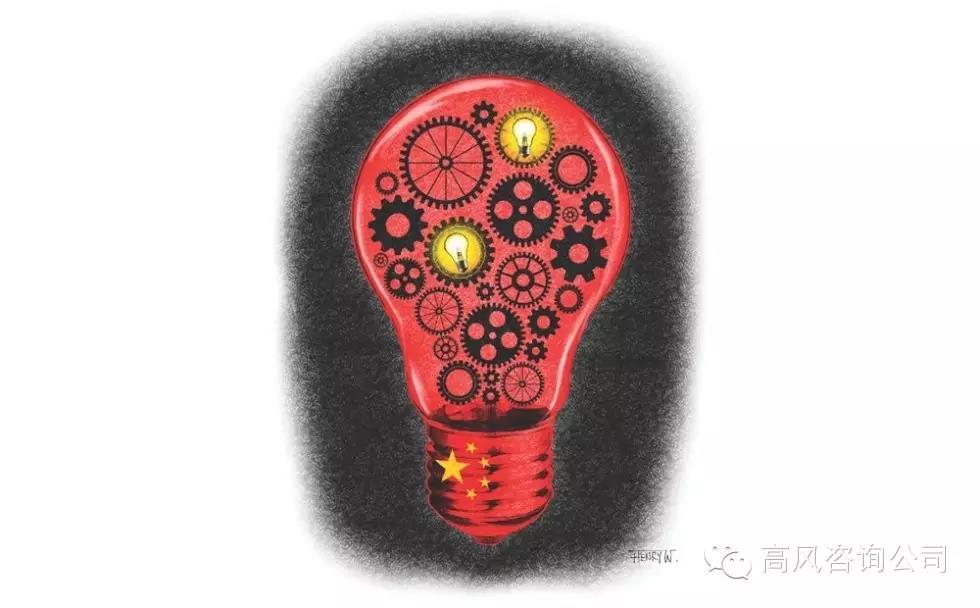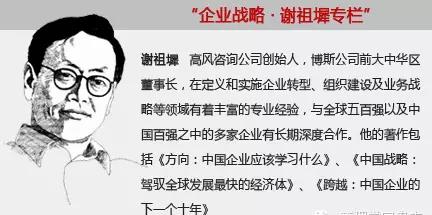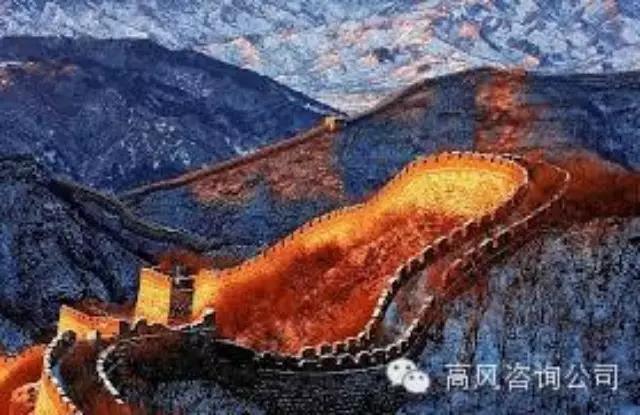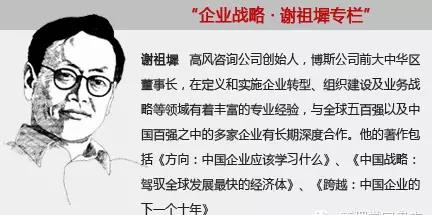
Ed Tse
A cover story earlier this year in The Economist featured the headline “China loses its allure”. The key point was that, although in the past 30 years a large number of multinational companies have gone to mainland China to invest, this gold rush is now over, even though opportunities remain.
The key reasons, it said, include the slowdown of China’s economy and continuously rising costs; the fact that, even today, many sectors are still not entirely open for foreign companies; the emergence of local competition that has created new competitive threats; and the fact that China’s diversity across regions requires different strategies and operating models.
But has China really lost its allure? The answer depends on the type of company and its development strategies. In fact, for some multinationals, China may even be providing more allure today.
As China has opened up, so the importance of foreign companies in the nation’s economy has increased. They have brought, among other things, capital, technology, management techniques, business models and ways to develop human resources.
After more than 20 years, the experience of multinationals in China is clearly divided. For quite a number, China has become their most important market in the world, or one of the most important. The most notable case is probably the Yum Group’s KFC; more than half their global revenue and profit now come from China. Other notable examples include General Motors, Volkswagen, BMW and Apple.
At the same time, many others have tried their hand in China and eventually decided to leave. Some better-known cases include Best Buy, Mattel, Media Markt and eBay. Foreign multinationals’ experience spans the entire spectrum. Why?
For many, a common mistake was to assume the China market was the same as their other markets in the rest of the world. They believed that since they have been successful elsewhere, it would be easy to do so in China as well. They tended to apply their global business model to China.
Paradoxically, the more successful a multinational is in the rest of the world, the more confidence it has in applying its usual business model to China. However, after their entry, many discovered that China’s market was often much more complicated than other markets. Their original business model only allowed these companies to penetrate a small part of China’s market; often only the top end of their customer base or product pyramid.
Even worse, some foreign business models didn’t actually work in China. A classic case was Home Depot from the US. Its business model relies on customers who enjoy DIY. However, there’s no such culture in China and so the business never really took off.
The root cause of many multinationals’ dismal performance is, I believe, their “arrogant” DNA. When they expanded their business internationally, many were quite successful. Their products, services, brands and business models often helped them capture advantageous positions. Over time, this led many to believe they had a high probability of success wherever they went.
China’s market, however, has given multinationals an important and costly lesson. Over the past 20 years or more, China’s economy has developed into a complicated, fast-changing and often ambiguous operating environment. There are several reasons for this, including: the transition from a planned to a market economy; a mixed economy that includes state-owned enterprises, private firms, foreign companies and “mixed-equity companies”; and, an isolated country increasingly integrating with the outside world.
In addition, China’s large land mass, its large population and major regional disparities mean it is hard for many multinationals to adjust. Some are now beginning to recognise that if they want to be successful in the Chinese market, they need to fundamentally adjust their attitude about China. They need to change from being arrogant to humble, and be willing to learn and accept China’s differences.
Only with such an attitude and mindset can multinationals develop a strategy that is more appropriate for China. Without such reflection and change, it will be hard for them to achieve sustainable success.
Has China lost its allure? Those multinationals that have come to China, tried and failed, probably feel that way. However, for those that have found the right direction, developed effective strategies and, importantly, the right attitude and mindset, China will continue to present a multitude of opportunities.
Its huge market, fast development, increasing deregulation, improving technology, innovation and intensive competition, will make China even more attractive, as well as making it the breeding ground for the next generation of enterprise leaders.
This article appeared in the South China Morning Post print edition as Multinational companies must lose their arrogance to succeed in China



